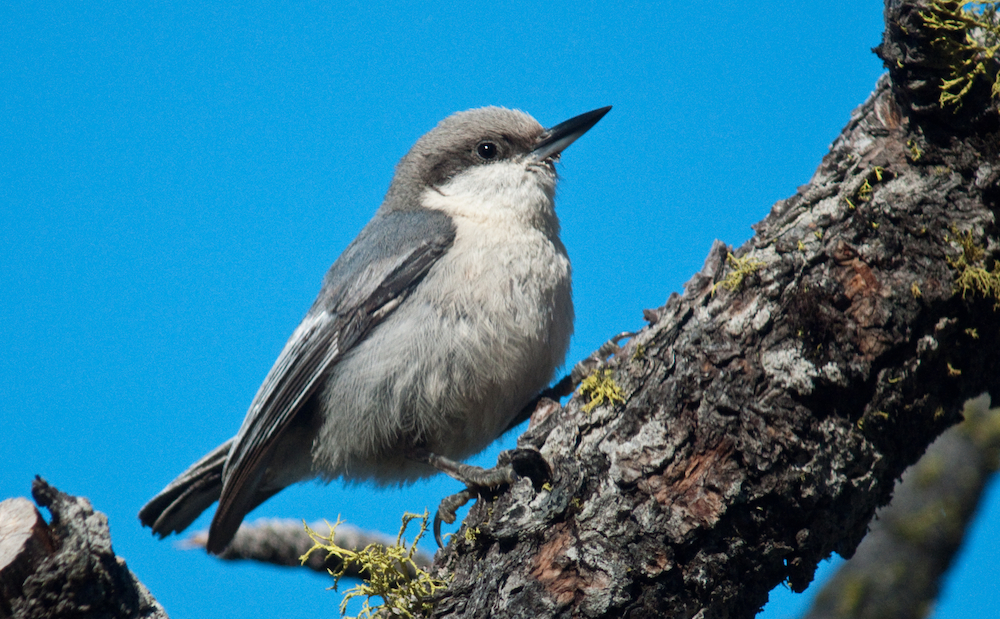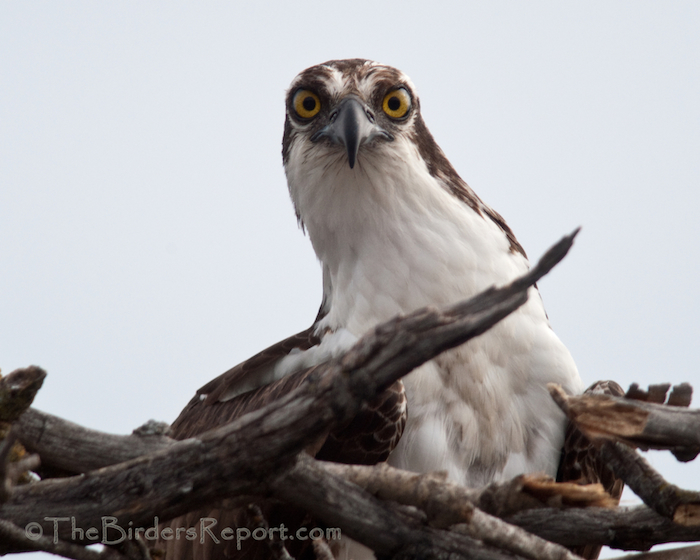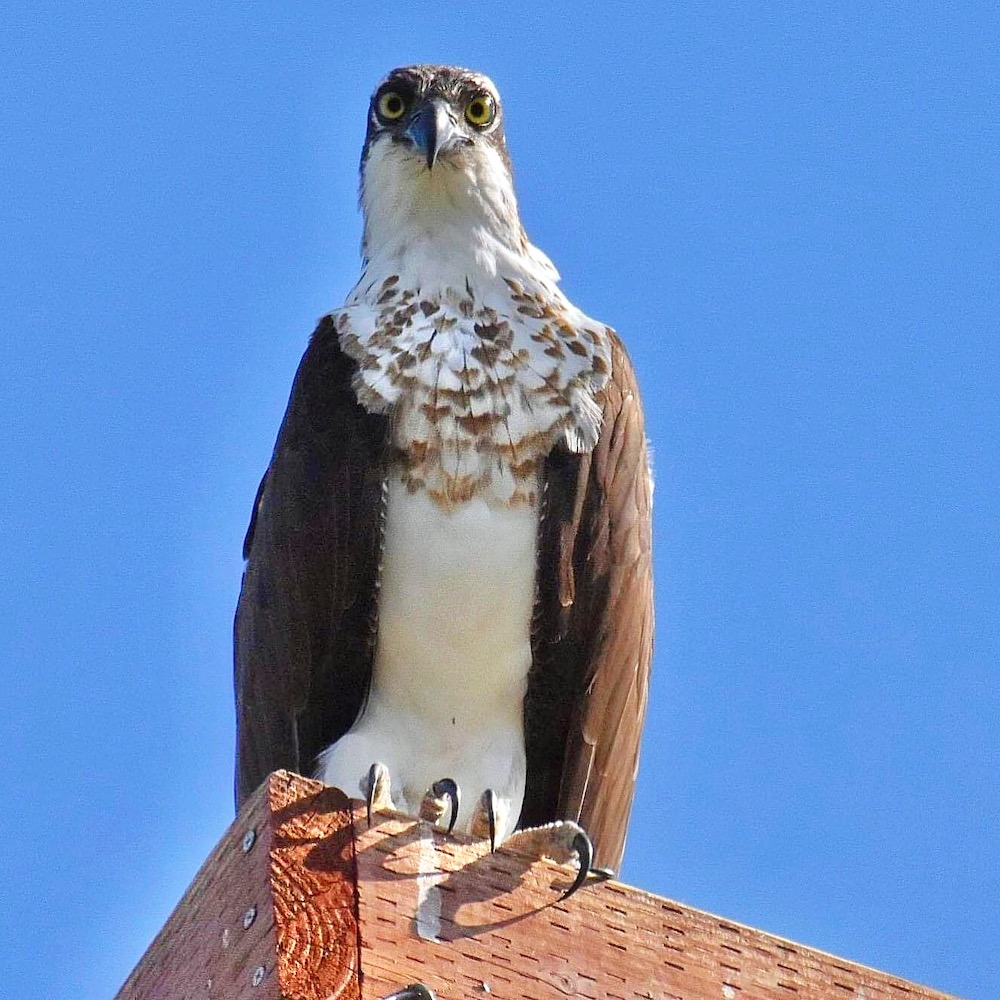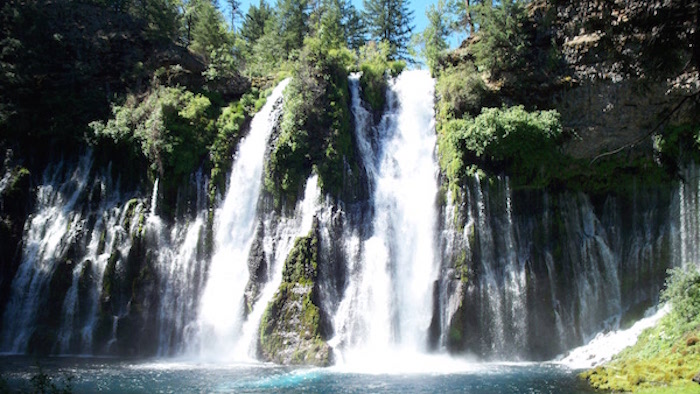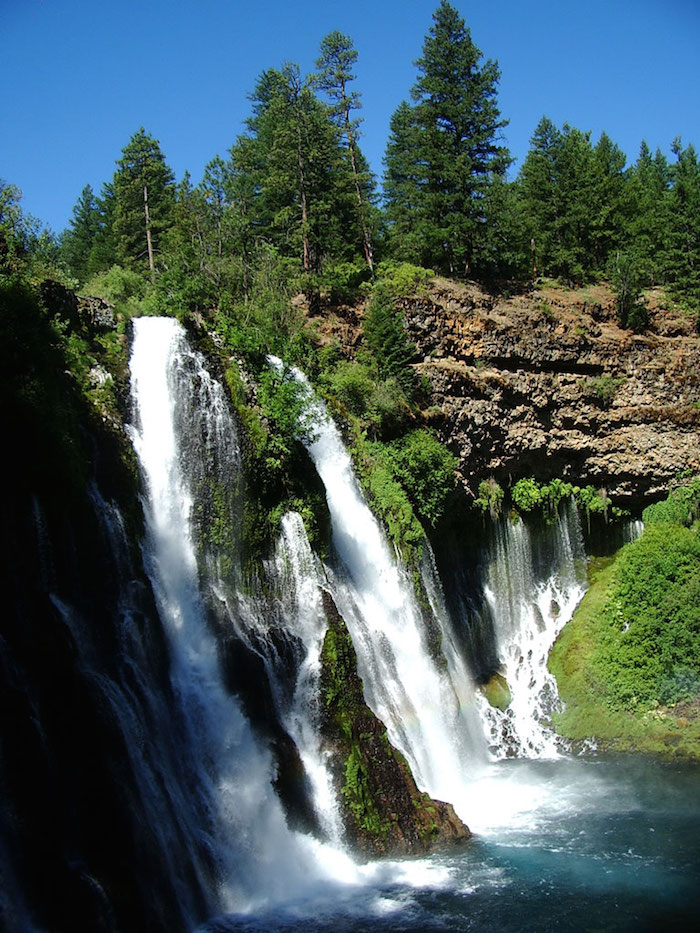
Our annual McArthur-Burney Falls field trip for this year will be limited due to closures of the park’s Falls Loop Trail. For this reason, we will start our day at the Falls followed by a quick trip to Baum Lake which also includes a small section of Crystal Lake. Our goals for this full day event are as follows:
At McArthur-Burney Falls Memorial SP, we will venture north on the Rim Trail overseeing the views across and down Burney Falls canyon along the backside east of Rim Campground. Our target species on this morning walk includes Black Swifts, Osprey, Pileated, Hairy, and White-headed Woodpecker, Chestnut-backed Chickadee, many Warblers, and Flycatchers. At Baum Lake we will hike the small trail on the west shore that travels northbound. Midway is an intersection at the north shore of Crystal Lake another short trail that travels westbound. What does this all mean? This is our best attempt to locate nesting Purple Martin, and search Passerines in variations Warbler, Wren, Blackbird, and Oriole, as well Waterbirds like Egret, Heron, Goose and Duck Species.
We will meet at Safeway in Burney at 8:30 sharp and depart immediately together to McArthur-Burney Falls Memorial State Park. Please contact Dan Bye by email: danbye56@gmail.com with any questions or if you need other contact information.

